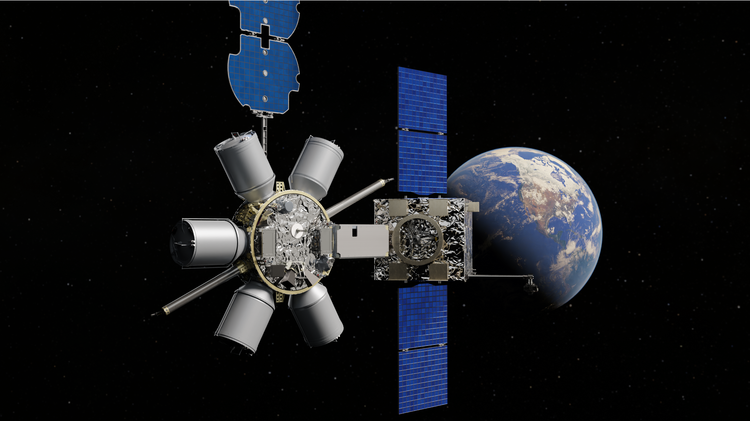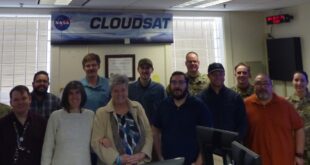
Ibadan, 31 January 2024. – Space Systems Command (SSC) has selected Northrop Grumman Corporation’s Passive Refueling Module (PRM) as its first preferred refueling solution interface standard for use across SSC satellites. Northrop Grumman is also collaborating with SSC, Defense Innovation Unit (DIU) and other customers to develop in-space refueling technologies for the US’s space-based assets. These advancements help the Company address a critical national security capability: sustained maneuverability for dynamic space operations.
The refueling interface system Northrop Grumman is developing includes elements to successfully dock and transfer fuel, as well as a refueling payload that handles fuel transfer. These developments follow years of work by Northrop Grumman across additional Government contracts and internal investments to mature all elements of key refueling technology and mission architecture.
SSC has also contracted with Northrop Grumman to fly the PRM on an operational mission. As a result, SSC and DIU are jointly funding Northrop Grumman’s commercial in-space servicing subsidiary, SpaceLogistics, to integrate and fly the PRM on the company’s Mission Robotic Vehicle. In addition, SSC has also awarded Northrop Grumman the Geosynchronous Auxiliary Support Tanker (GAS-T) contract to begin the development of a refueling tanker and associated technologies to deliver fuel in space.
Speaking on the contract, Lauren Smith, program manager, in-space refueling, Northrop Grumman, commented, “Refueling is the key to enhanced maneuverability, enabling our DoD customers to categorically change the way they operate U.S. assets in space. Built on a strong foundation of satellite servicing innovation, we are prepared to deliver a complete refueling architecture solution.”
Likewise, Rob Hauge, president, SpaceLogistics, said, “In an increasingly contested and congested space domain, on-orbit refueling will enable spacecraft to continue maneuvering to engage threats, avoid debris and extend the life of satellites.”
 SpaceWatch.Global An independent perspective on space
SpaceWatch.Global An independent perspective on space




